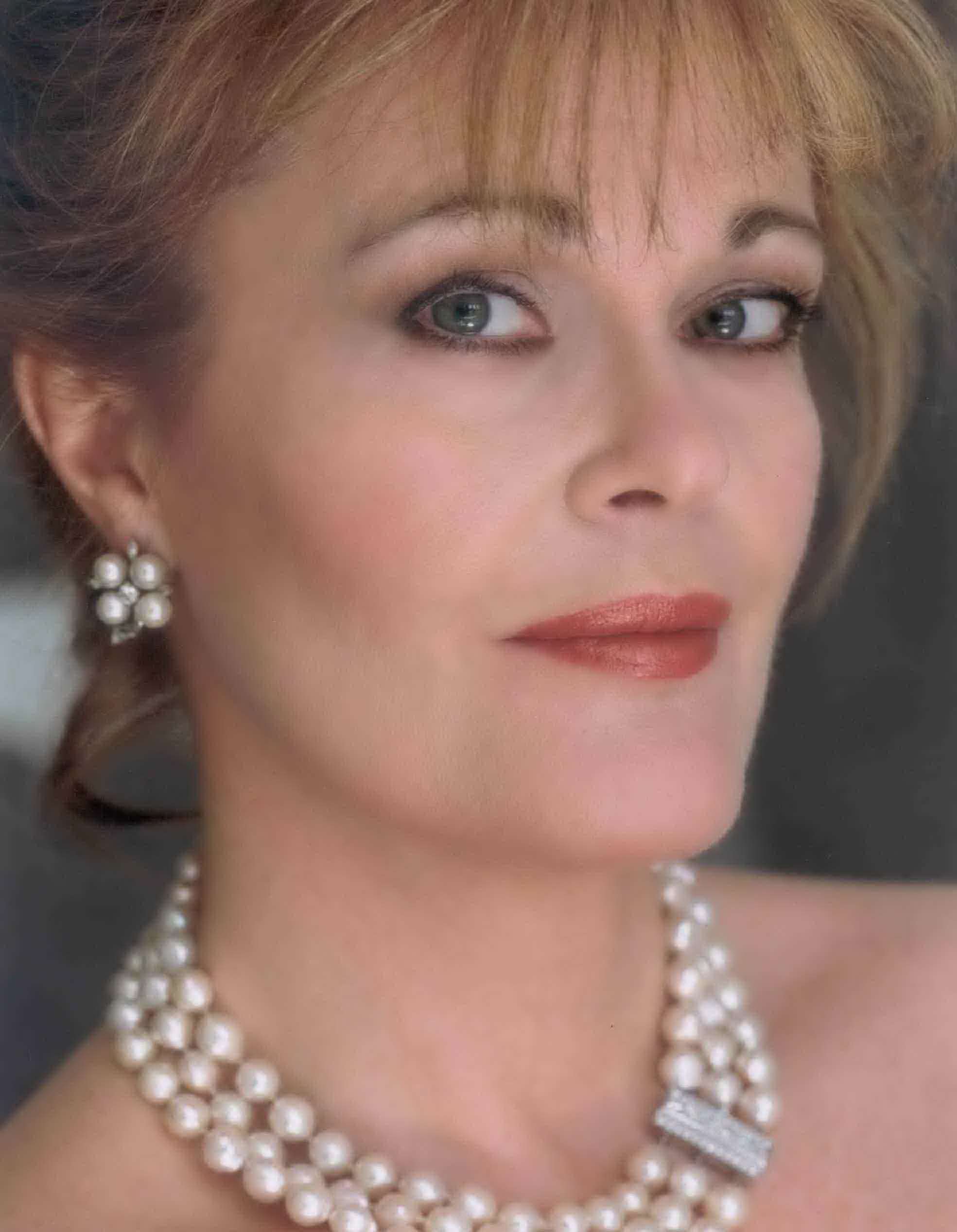|
Back
Dutilleux’s Correspondances Receives Montréal Premiere Montréal
Salle Wilfrid-Pelletier, Place des Arts
03/27/2011 -
Wolfgang Amadè Mozart: Symphony No. 31, “Paris” K. 297 – Symphony No. 36, “Linz” K. 425
Antonín Dvorák: Cello Concerto, op. 104
Henri Dutilleux: Correspondances
Mischa Maisky (Cello), June Anderson (Soprano)
Orchestre symphonique de Montréal, Kent Nagano (Conductor)

J. Anderson (Courtesy of OSM)
The Orchestre symphonique de Montréal (OSM) offered an unusual program on Sunday afternoon. A late nineteenth-century work by Dvorák and an early twenty-first-century work by Dutilleux were framed by two late eighteenth-century Mozart symphonies — the second work on the program written approximately 100 years after the first, and the third work about 200 years later. Was time of composition the reason for the odd programming? Or was it because three of the works were written in cities the composers were visiting at the time (Paris, Linz, and New York), while the fourth was composed for Berlin? The reasoning behind program selection would be a good subject for the Orchestra’s program notes.
The concert opened with Mozart’s Symphony No. 31, “Paris”, written for his first (and largely disappointing) visit to the city in 1778. The OSM, reduced in size to fit Mozart’s specifications, gave a bland, perfunctory reading of the first two movements, but added some zest to the third (and final) movement. (Mozart, bowing to Paris fashion, only wrote three movements for the occasion instead of the traditional four.)
Dvorák’s Cello Concerto followed with guest soloist Mischa Maisky. Nagano opened the first movement with a brisk tempo, but Maisky used too much rubato and produced an uneven line which dragged down the rhythm. (The second theme, introduced by the horn, was played with subtlety and finesse.) Maisky cleared up this problem in the second and third movements where note placement was spot on. Maisky maintained a graceful, lyrical tone throughout the third movement. His warm, well-rounded bowing was particularly impressive in the extended 60-bar coda dedicated to the memory of Dvorák’s sister-in-law and former beloved, Josefina Kounicova. (She had become unexpectedly ill and died during the work’s composition.) Rhythmical markings were respected by both the soloist and the orchestra, and the OSM played as an equal partner, not just as accompaniment.
The second half opened with the Montréal premiere of Dutilleux’s Correspondances, composed between 2002 and 2004 for Dawn Upshaw and the Berlin Philharmonic Orchestra. This set of five lyrical songs, with a short instrumental interlude after the first two (interludes are also employed within the songs to bridge ideas), uses letters from Rilke, Solzhenitsyn, van Gogh, and Mukheriee reflecting their mystical inclinations. (As van Gogh wrote to his brother Theo, “I have a great need of religion, so I go out at night to paint the stars.”) The music puts in relief different sections of the orchestra depending on the colour Dutilleux wished to bring to the text. For example, Solzhenitsyn’s letter to Rostropovitch and his wife, Galina Vichnevskaya, is (in Dutilleux’s words) “backed in a dominative way by the strings, especially by the celli.” The title not only refers to the actual letters and their intent but also to Baudelaire’s famous poem, “Correspondances.” June Anderson, in fine voice, brought mystery and subtlety to the 22-minute cycle. Although her voice now lacks power to reach the rear of the 3000-seat hall comfortably, it remains well-centered and elegant and her diction faultless. She nailed the closing high C sharp in fortissimo. The Orchestra’s accompaniment and interludes were also colorfully and imaginatively realized. (Nagano often excels in the twentieth- and twenty-first century repertory.)
The concert concluded with a sprightly rendition of Mozart’s Symphony No. 36, “Linz”, making up for the uneven performance of No. 31. Nagano maintained the sense of movement throughout, controlling the orchestra’s energy, giving shape to its phrasing and driving the music to an exhilarating conclusion.
Earl Arthur Love
|